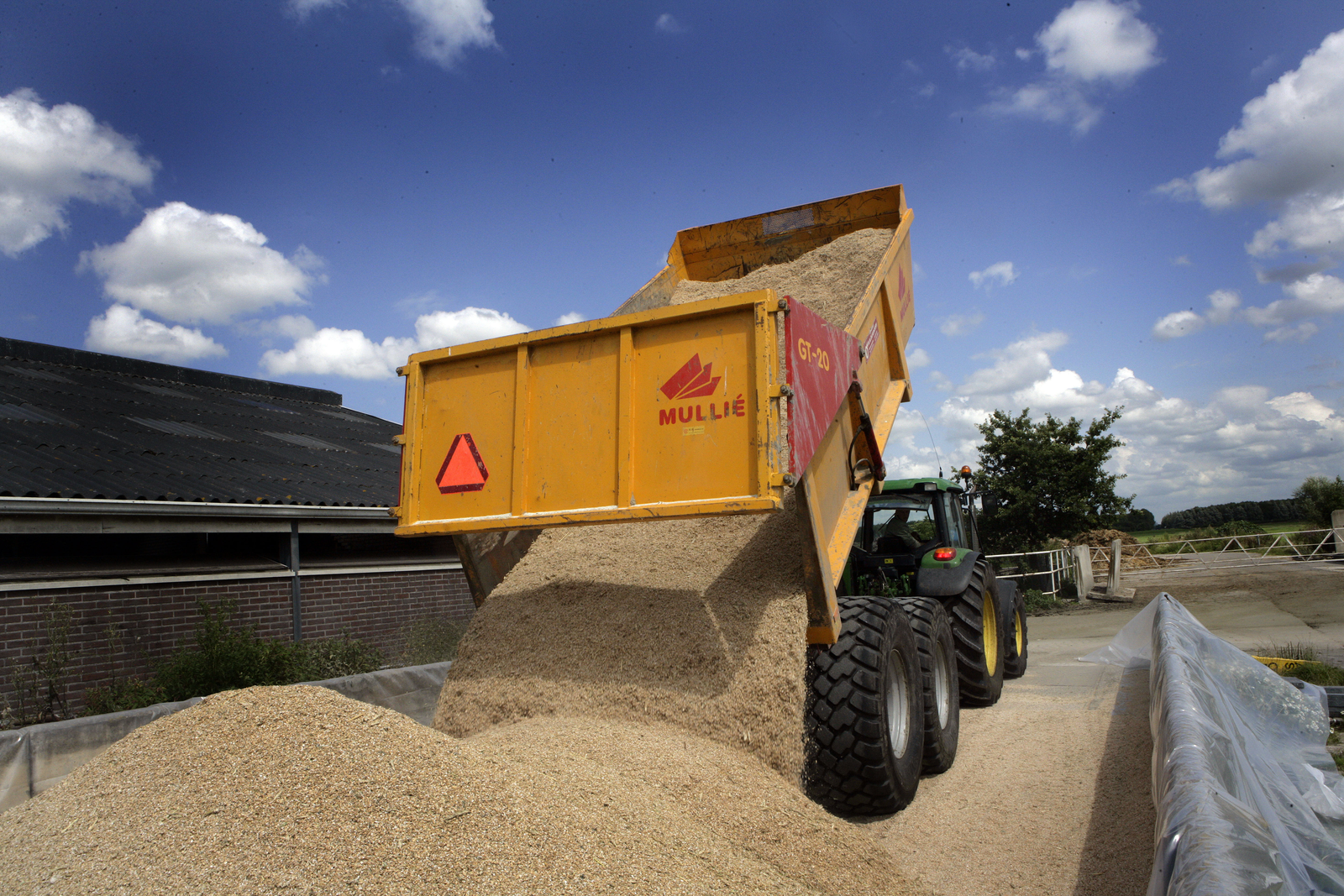Mycotoxins in Polish wheat and triticale

This year’s harvest of wheat and triticale in Poland is of concerning quality in terms of mycotoxin contamination. This is stated by animal nutrition company Nutriad, based on analysis of 73 wheat and 32 triticale samples collected across Poland.
All samples were collected either directly from the farms or from animal feed production sites and tested for aflatoxin B1 (AfB1), zearalenone (ZEN), deoxynivalenol (DON), T-2 toxin, HT-2 toxin, fumonisin B1 (FB1), fumonisin B2 (FB2) and ochratoxin A (OTA).
Results of analysis
Analysis showed that almost 70% of the wheat samples were contaminated with DON and 30% with ZEN and HT2-toxin. As expected none of the wheat or triticale samples contained AfB1. Surprisingly almost 20% of the samples of triticale were contaminated with FB2, a typical maize mycotoxin. Most of the recovered mycotoxins were in concentrations regarded as medium (>LOD but below EU recommendation levels).
The highest concentration of DON and ZEN found in the wheat reached 1200 μg/kg and 270 μg/kg respectively. Interestingly, 6% of the triticale samples contained OTA while none of the wheat samples were contaminated with OTA, a known typical storage mycotoxin. None of the samples of wheat or triticale were contaminated with FB1, also a typical maize mycotoxin.
Grain production in Poland
Poland is one of Europe’s biggest grain producers. According to the Main Statistical Office, Poland, the production of wheat, rye, mixed grains, triticale, barley, corn and oats is forecasted to increase by approximately 6 % to 29.5 million metric tons in 2016/17. This is because of the better than average yield expectations compared to the lower yields of 2015 which were due to the unfavourable summer weather conditions. The total acreage for grain plantings is estimated to be 3% higher than in 2015.











